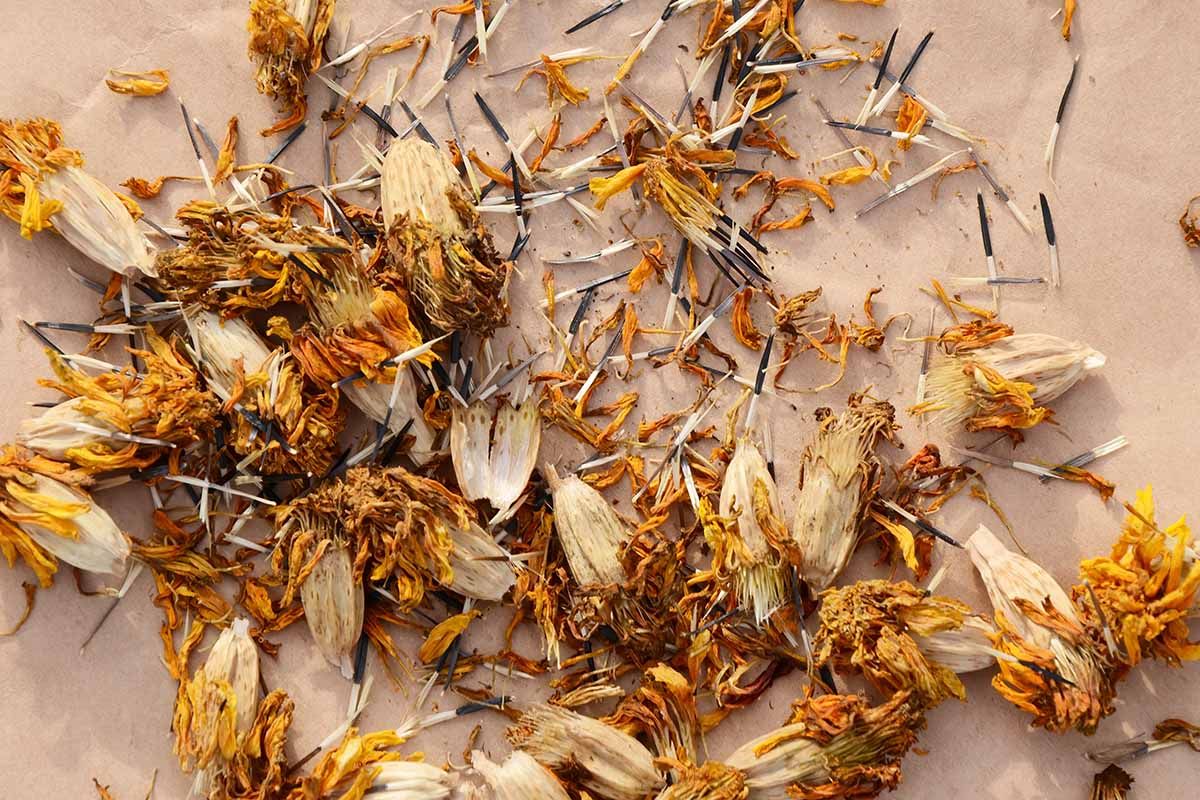

Articles
How To Store Marigold Seeds
Modified: September 1, 2024
Learn the best methods for storing marigold seeds in our comprehensive articles. Ensure your seeds remain viable and ready for future planting.
(Many of the links in this article redirect to a specific reviewed product. Your purchase of these products through affiliate links helps to generate commission for Storables.com, at no extra cost. Learn more)
Introduction
Welcome to our comprehensive guide on how to store marigold seeds. Whether you are an avid gardener or someone who simply appreciates the beauty of marigolds, knowing how to properly store their seeds is essential for future plantings. Marigolds are vibrant and versatile flowers that add a pop of color to any garden or landscape. They come in various sizes, shapes, and colors, making them a popular choice for both amateur and experienced gardeners.
While marigolds are relatively easy to grow from seeds, ensuring the seeds’ viability and longevity requires proper storage techniques. By storing marigold seeds correctly, you can preserve their germination potential and use them for future plantings, ensuring a continuous supply of these beautiful flowers in your garden. In this article, we will explore the importance of storing marigold seeds, factors to consider before storing them, choosing the right storage containers, preparing the seeds for storage, and maintaining their viability over time.
By the end of this guide, you will have all the necessary knowledge and tips to successfully store marigold seeds, enabling you to enjoy their beauty year after year. So, let’s dive in and discover the secrets to properly store marigold seeds!
Key Takeaways:
- Preserve your favorite marigold traits and save money by storing seeds. Enjoy flexibility, share with others, and contribute to biodiversity conservation. Follow proper storage and maintenance techniques for successful future plantings.
- Ensure marigold seed viability by choosing the right storage containers, maintaining ideal conditions, and periodically testing germination rates. Proper preparation and rotation practices contribute to long-term success.
Read more: How To Plant Marigold Seed
Importance of Storing Marigold Seeds
Storing marigold seeds properly is crucial for several reasons. Firstly, it allows you to preserve the genetic traits and characteristics of your favorite marigold varieties. As you cultivate marigolds over the years, you may come across specific plants with desirable traits, such as vibrant colors, unique flower shapes, or strong disease resistance. By storing the seeds from these plants, you can ensure that you have a consistent supply of these desirable traits for future plantings.
Secondly, storing marigold seeds allows you to save money in the long run. If you have a favorite marigold variety that you purchase every year, storing its seeds can eliminate the need to buy new seeds or plants each season. By collecting and properly storing the seeds, you can create a self-sustaining supply of marigold plants, reducing your gardening expenses.
Furthermore, storing marigold seeds provides you with flexibility and convenience. Life can be unpredictable, and you may find yourself needing to postpone or change your gardening plans. By having a stash of stored marigold seeds, you can easily adapt to these changes without worrying about sourcing fresh seeds at the last minute. Storing seeds also allows you to share them with fellow gardeners and enthusiasts, spreading the beauty and joy of marigolds.
Lastly, marigold seeds are not always readily available. Some rare or heirloom varieties may be challenging to find in nurseries or garden centers. By storing the seeds from these uncommon marigold varieties, you can ensure their preservation and availability for future generations. This contributes to the conservation of biodiversity and the richness of the marigold gene pool.
Overall, storing marigold seeds is essential for preserving genetic traits, saving money, providing flexibility, and contributing to biodiversity conservation. Now that we understand the importance of storing marigold seeds, let’s move on to the factors you need to consider before storing them.
Factors to Consider Before Storing Marigold Seeds
Before storing marigold seeds, there are several important factors to consider to ensure their viability and successful germination in the future.
Harvesting the Seeds at the Right Time
The first step is to harvest the marigold seeds at the right time. It’s crucial to allow the flower heads to fully mature before collecting the seeds. Wait until the marigold petals have started to fade and dry out, and the flower head becomes brown and papery. This indicates that the seeds are fully developed and ready for harvesting.
Ensuring Seed Maturity and Viability
When collecting marigold seeds, it’s important to ensure their maturity and viability. Mature marigold seeds are plump, firm, and usually have a darker color. Avoid harvesting seeds that are small, shriveled, or discolored, as they may not be viable and won’t germinate successfully. Select only the best, healthy-looking seeds for storage to increase the chances of successful germination in the future.
Read more: How To Start Marigold Seeds
Properly Drying the Seeds
Before storing marigold seeds, they need to be properly dried to prevent mold growth and maintain their viability. To dry the seeds, spread them out in a single layer on a paper towel or a screen in a well-ventilated area. Make sure the seeds are not exposed to direct sunlight or high humidity, as this can reduce their viability. Allow the seeds to dry completely for at least one to two weeks, or until they are crispy and brittle to the touch.
Once the seeds are thoroughly dried, you can move on to the next steps of storing them properly. By considering these factors before storing marigold seeds, you can increase the chances of successful germination and ensure a future supply of vibrant marigold plants.
Choosing the Right Storage Container for Marigold Seeds
Once you have harvested and properly dried your marigold seeds, it’s essential to choose the right storage container to maintain their viability and longevity. The following are some tips for selecting an appropriate container for storing marigold seeds:
Selecting Airtight and Moisture-Proof Containers
When it comes to storing seeds, including marigold seeds, it’s crucial to choose containers that are airtight and moisture-proof. This is because exposure to air and moisture can lead to seed deterioration and loss of viability. Avoid using containers that allow air or moisture to penetrate, such as paper envelopes or plastic bags that are not sealed tightly. Instead, opt for containers that provide a secure and protective environment for the seeds.
Using Resealable Bags or Glass Jars
Two excellent options for storing marigold seeds are resealable bags and glass jars. Resealable bags, such as Ziploc bags, are convenient and readily available. They provide an airtight seal and are durable enough to protect the seeds from moisture. Make sure to squeeze out any excess air before sealing the bags. Label the bags with the variety and date of collection for easy identification in the future.
Another option is to use glass jars with tight-fitting lids. Glass jars offer excellent protection against moisture and pests and allow you to see the seeds inside. Choose jars made of dark-colored glass or store the jars in a dark place to minimize exposure to light, as some seeds are light-sensitive. Place a moisture-absorbing packet or a silica gel pack inside the jar to help maintain a low-moisture environment.
Regardless of the container you choose, ensure that it is clean, dry, and free from any contaminants before using it for seed storage. This will help maintain the seeds’ quality and prevent the growth of mold or other harmful microorganisms.
By selecting airtight and moisture-proof containers, such as resealable bags or glass jars, you can provide an optimal storage environment for your marigold seeds. This will help preserve their viability and ensure successful germination in the future.
Read more: How To Get Seeds From Marigolds
Preparing the Seeds for Storage
Before you store your marigold seeds, it’s important to properly prepare them to ensure their longevity and ease of use in the future. Here are some essential steps to follow when preparing the seeds for storage:
Cleaning the Seeds from Debris
Start by cleaning the marigold seeds to remove any debris or plant material. Gently rub the seeds between your fingers or use a fine sieve to separate the seeds from the other parts of the flower head. This will help prevent the growth of mold or bacteria and ensure that only clean and pure seeds are stored.
Removing Any Impurities
After cleaning the seeds, take the time to inspect them carefully and remove any damaged or discolored ones. Discard any seeds that appear shriveled, disfigured, or unhealthy. These seeds are less likely to germinate successfully and may affect the overall health and performance of your future marigold plants.
Properly Labeling the Seeds
One crucial step that is often overlooked is properly labeling the seeds. Use permanent markers or labels to clearly identify the variety of marigold seeds and the date of collection. This information will be helpful in the future when you want to plant the seeds or share them with others. Additionally, you can include any relevant notes, such as specific traits or characteristics of the plants the seeds came from.
Labeling the seeds ensures that you stay organized and prevents confusion or mix-ups with other seed varieties. It also allows you to keep track of the age of the seeds and their viability over time.
By cleaning the seeds from debris, removing impurities, and properly labeling them, you are ensuring that your stored marigold seeds are in optimal condition for future use. These simple steps contribute to the overall success and satisfaction you’ll experience when it’s time to grow your marigolds from these carefully stored seeds.
Read more: How Many Days For Marigolds To Germinate
Storing Marigold Seeds in a Cool and Dry Environment
Once you have prepared your marigold seeds for storage, it’s vital to choose the right environment to maintain their viability and ensure their long-term preservation. Here are some key considerations when storing marigold seeds:
Ideal Temperature and Humidity Conditions
Marigold seeds require a cool and dry environment to stay viable. The ideal temperature for seed storage is around 40 to 50 degrees Fahrenheit (4 to 10 degrees Celsius). This temperature range helps slow down the seed’s metabolic processes and prevents premature germination. A basement or a cool closet is often suitable for storing seeds.
In addition to temperature, humidity is another crucial factor to consider. High humidity can lead to moisture buildup, which can cause seeds to mold or germinate. Aim for a humidity level between 35% and 50% when storing marigold seeds. If necessary, you can use silica gel packs or moisture-absorbing packets to help maintain a dry environment.
Avoiding Exposure to Sunlight and Moisture
When storing marigold seeds, it’s essential to protect them from exposure to sunlight and moisture. Both of these can adversely affect seed viability and germination. Store your seed containers in a dark and dry place, away from direct sunlight and fluctuating temperatures that can promote condensation.
Avoid storing seeds in areas prone to high humidity, such as basements with moisture issues or near water sources. Also, be cautious about storing seeds in refrigerators, as the moisture inside can condense and harm the seeds.
Furthermore, it’s important to keep seeds away from pests, such as insects or rodents, as they can damage or consume the seeds. Consider using an airtight container with added protection, like sealing the container in a plastic bag or placing it in a sealed box.
By storing marigold seeds in a cool, dry environment with proper temperature and humidity conditions and protecting them from sunlight, moisture, and pests, you can preserve their viability and ensure successful germination in the future. Now, let’s explore how to check and maintain seed viability over time.
Checking and Maintaining Seed Viability Over Time
To ensure that your stored marigold seeds remain viable and germinate successfully, it’s essential to periodically check their viability and maintain their storage conditions. Here are two key practices to follow:
Read more: How Do You Harvest Marigold Seeds
Periodically Testing Seed Germination Rates
Seed viability can decrease over time, especially if they are not stored under optimal conditions. To assess the viability of your marigold seeds, conduct a germination test periodically. This test determines the percentage of seeds that successfully sprout and helps you determine if the stored seeds are still viable.
To perform a germination test, take a sample of your seeds and place them on a moist paper towel or in a germination tray. Keep them in a warm and well-lit area, ensuring that the environment remains consistently moist. After a designated period, usually one to two weeks, count the number of seeds that have sprouted. This will give you an indication of the overall viability of your stored seeds. If the germination rate is low, it may be time to collect fresh seeds or adjust your storage techniques.
Properly Storing and Rotating Seed Stock
Proper storage is key to maintaining seed viability over time. Make sure to keep your marigold seeds in their airtight and moisture-proof containers and store them in a cool, dry environment, as mentioned earlier. Regularly check the storage area for any signs of moisture, pests, or changes in temperature that could compromise the seeds’ quality.
Additionally, consider rotating your seed stock every few years. By using older seeds and replacing them with fresh ones, you ensure that you are always working with the most viable and potent seeds possible. This practice helps maintain the genetic diversity of your marigolds and can lead to healthier and more vigorous plants.
Remember to label and date your seed containers to keep track of their age. Older seeds may still be viable, but their germination rates may decrease over time. By implementing a seed rotation system and regularly testing for germination rates, you can ensure that your marigold seeds remain viable and have a higher chance of successful germination in the future.
By periodically testing seed germination rates and properly storing and rotating your seed stock, you can maintain the viability of your marigold seeds and enjoy successful plantings for years to come.
Conclusion
Storing marigold seeds properly is crucial for preserving their viability and ensuring successful germination in future plantings. By following the steps and considerations outlined in this guide, you can effectively store your marigold seeds and enjoy a continuous supply of these vibrant and versatile flowers.
From harvesting the seeds at the right time and ensuring their maturity and viability to properly drying them and choosing the right storage container, each step plays a vital role in maintaining the quality of the seeds. Cleaning the seeds from debris, removing impurities, and labeling them correctly are essential for easy identification and organization.
Storing marigold seeds in a cool and dry environment, away from sunlight and moisture, is crucial to maintaining their viability. Ideally, aim for a temperature range of 40 to 50 degrees Fahrenheit (4 to 10 degrees Celsius) and a humidity level of 35% to 50%. Avoid exposure to fluctuating temperatures, direct sunlight, and sources of moisture to prevent seed deterioration.
To ensure the ongoing viability of your marigold seeds, periodically test their germination rates. Conducting germination tests every few years helps you determine the viability of your stored seeds and make informed decisions about their use. Additionally, proper seed storage and rotation practices, such as using fresh seeds and periodically replacing older seeds, contribute to maintaining the overall health and genetic diversity of your marigold plants.
In conclusion, storing marigold seeds correctly not only preserves the genetic traits and characteristics of your favorite varieties but also helps save money, provides flexibility, and contributes to biodiversity conservation. By implementing the techniques and strategies outlined in this guide, you can successfully store marigold seeds and continue to enjoy the beauty and benefits of these stunning flowers in your garden for years to come.
After mastering the art of storing marigold seeds, why stop there? Extend your green thumb with our guide on creative garden fence ideas, perfect for enhancing any outdoor space. Keen on keeping all your seeds safe and viable? Dive into our review of the top seed storage solutions available soon. Curious about the cost of starting a new garden project? Our breakdown on flower seed prices has all the details you need to plan effectively without breaking the bank.
Frequently Asked Questions about How To Store Marigold Seeds
Was this page helpful?
At Storables.com, we guarantee accurate and reliable information. Our content, validated by Expert Board Contributors, is crafted following stringent Editorial Policies. We're committed to providing you with well-researched, expert-backed insights for all your informational needs.
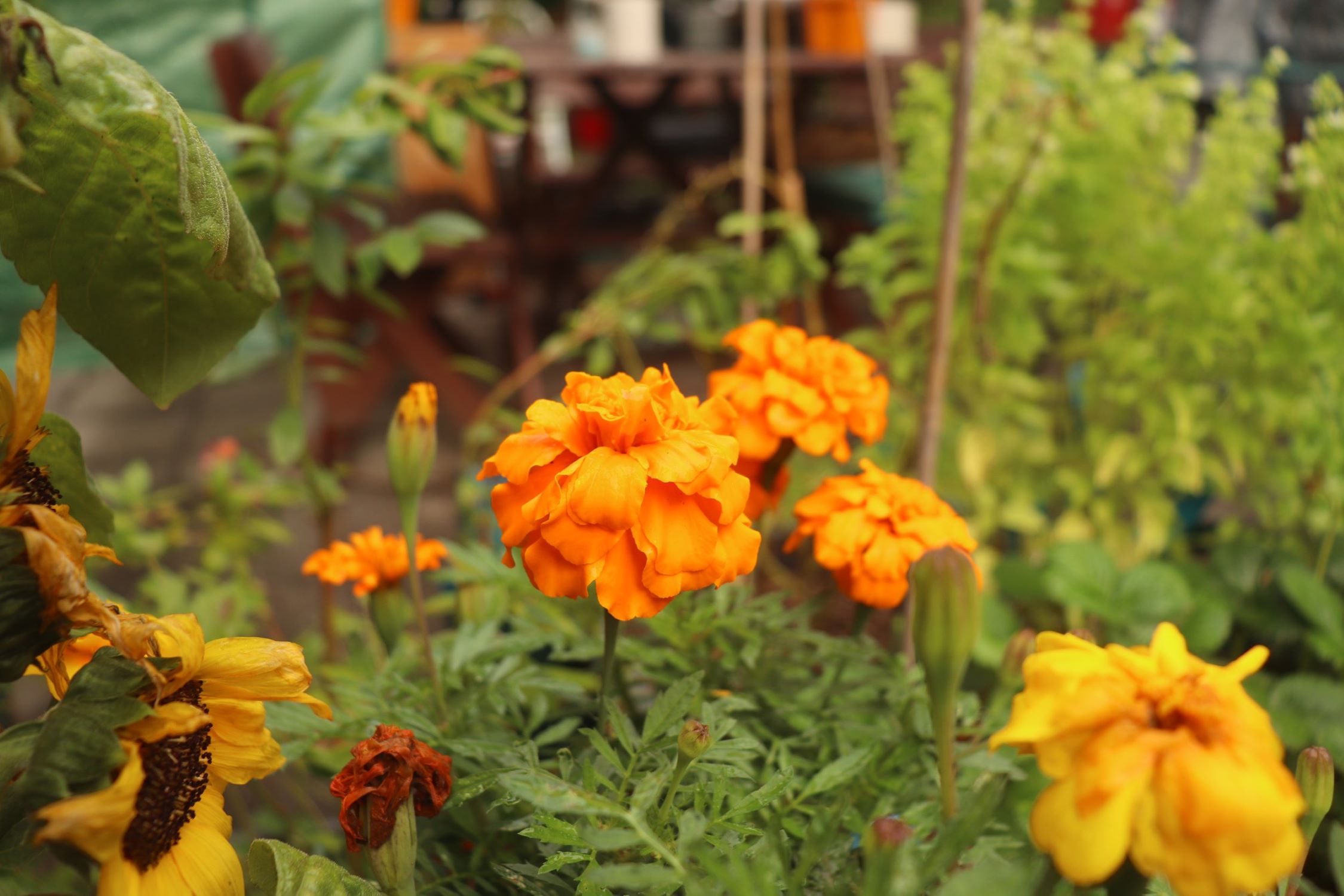
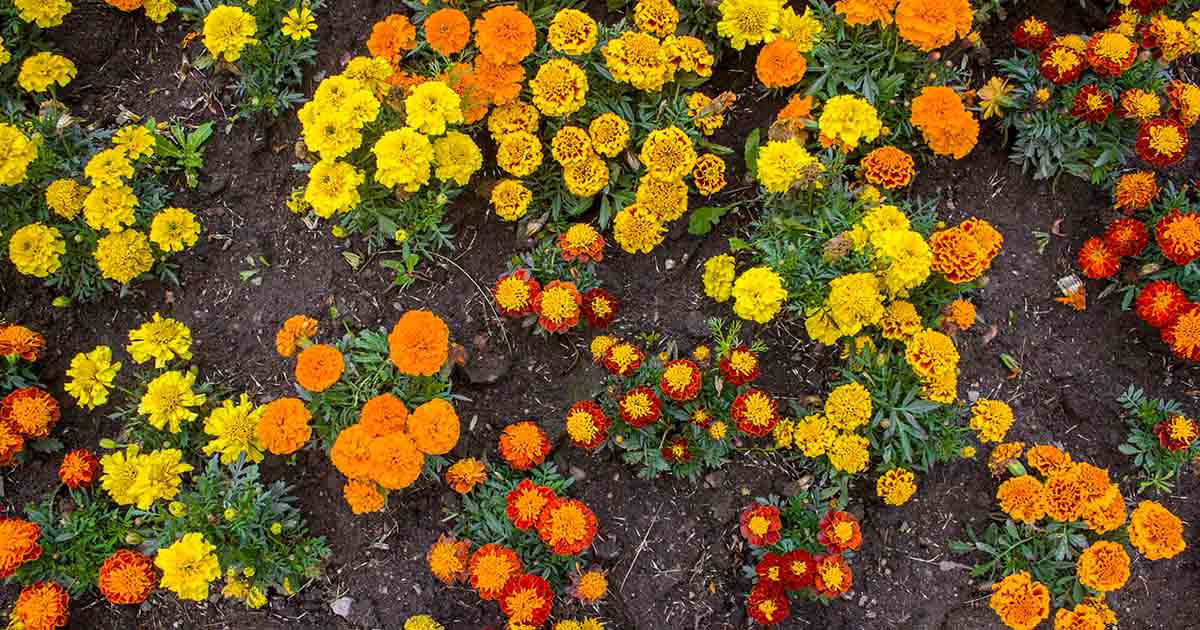
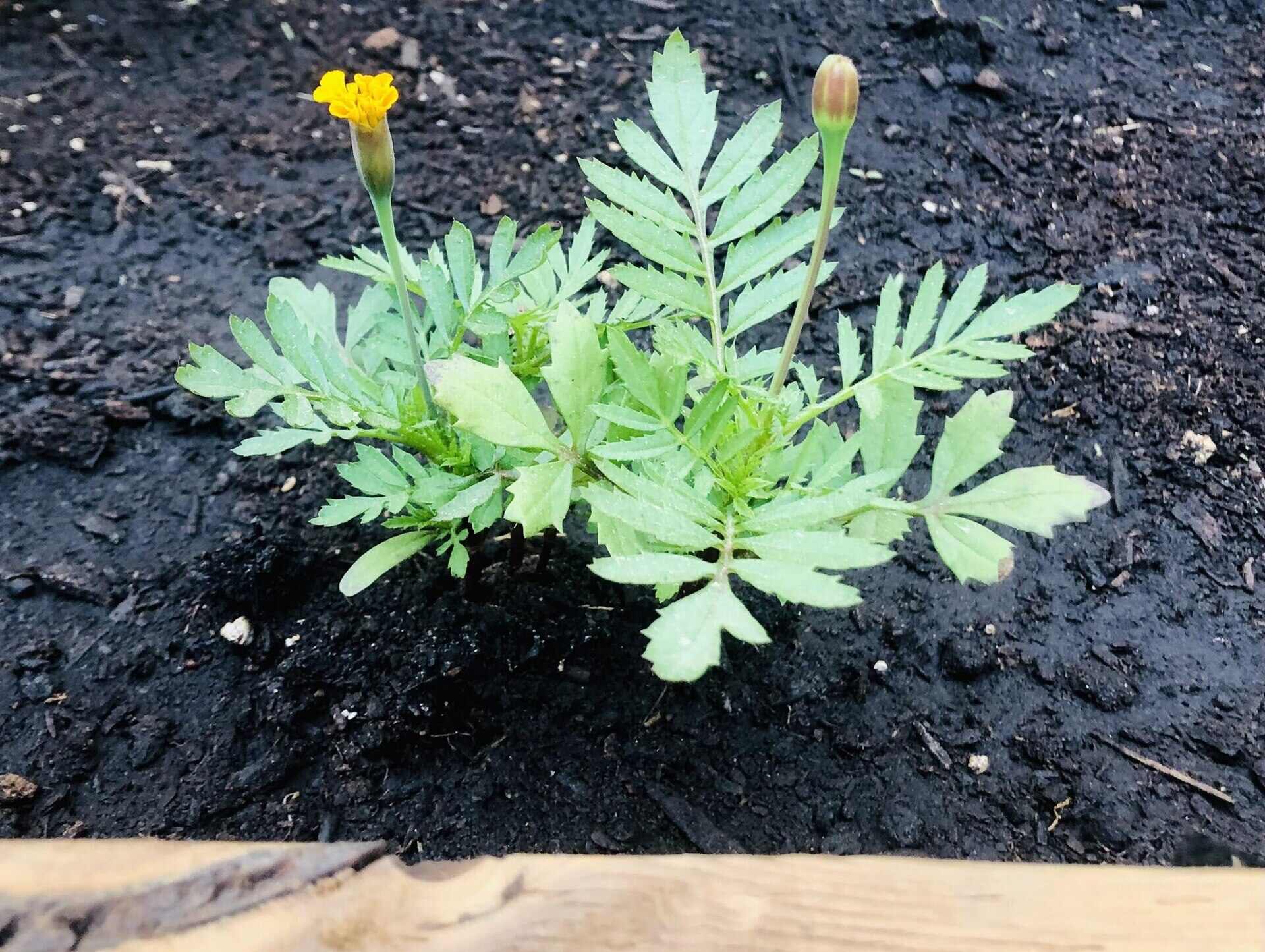
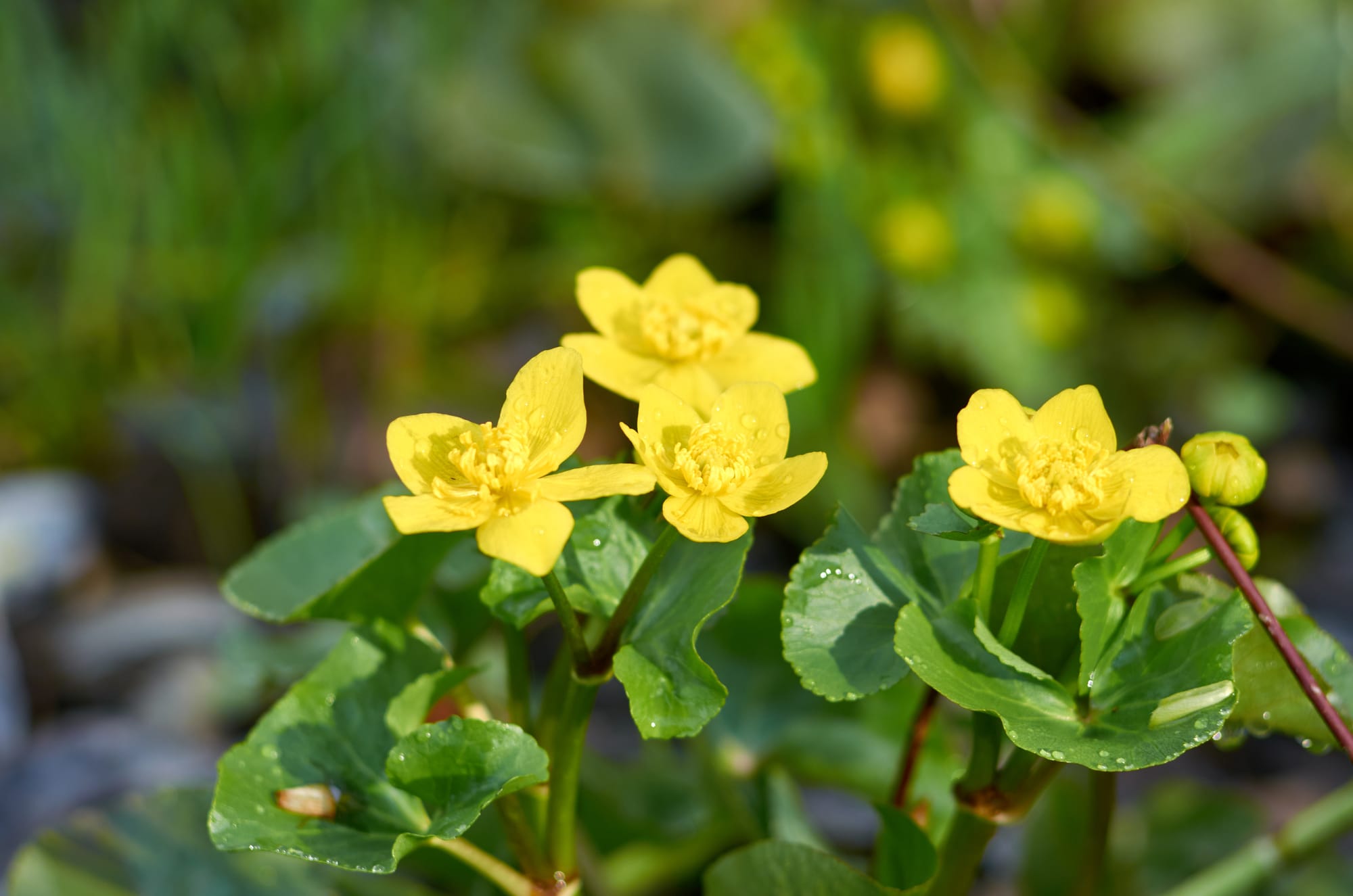
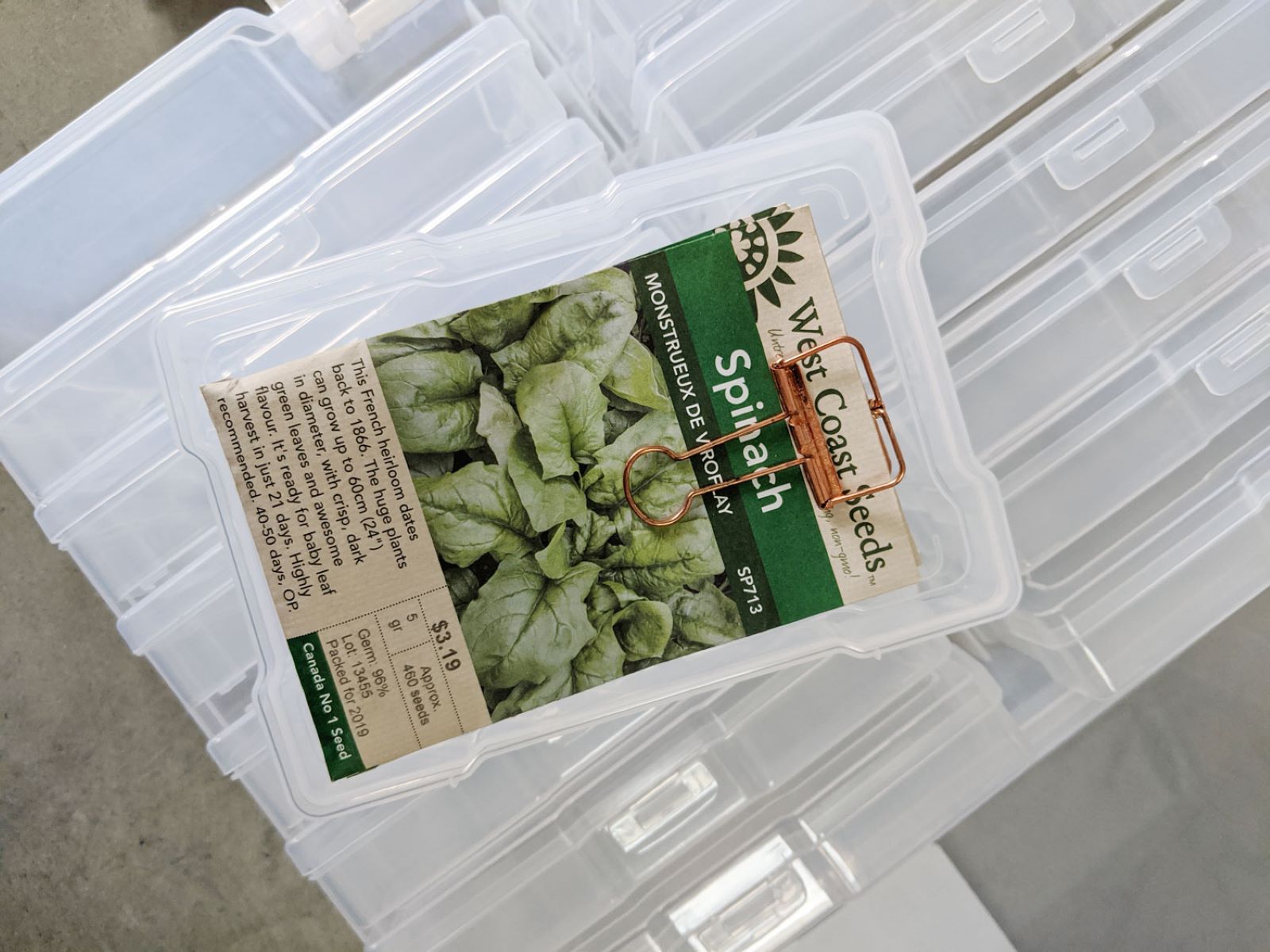
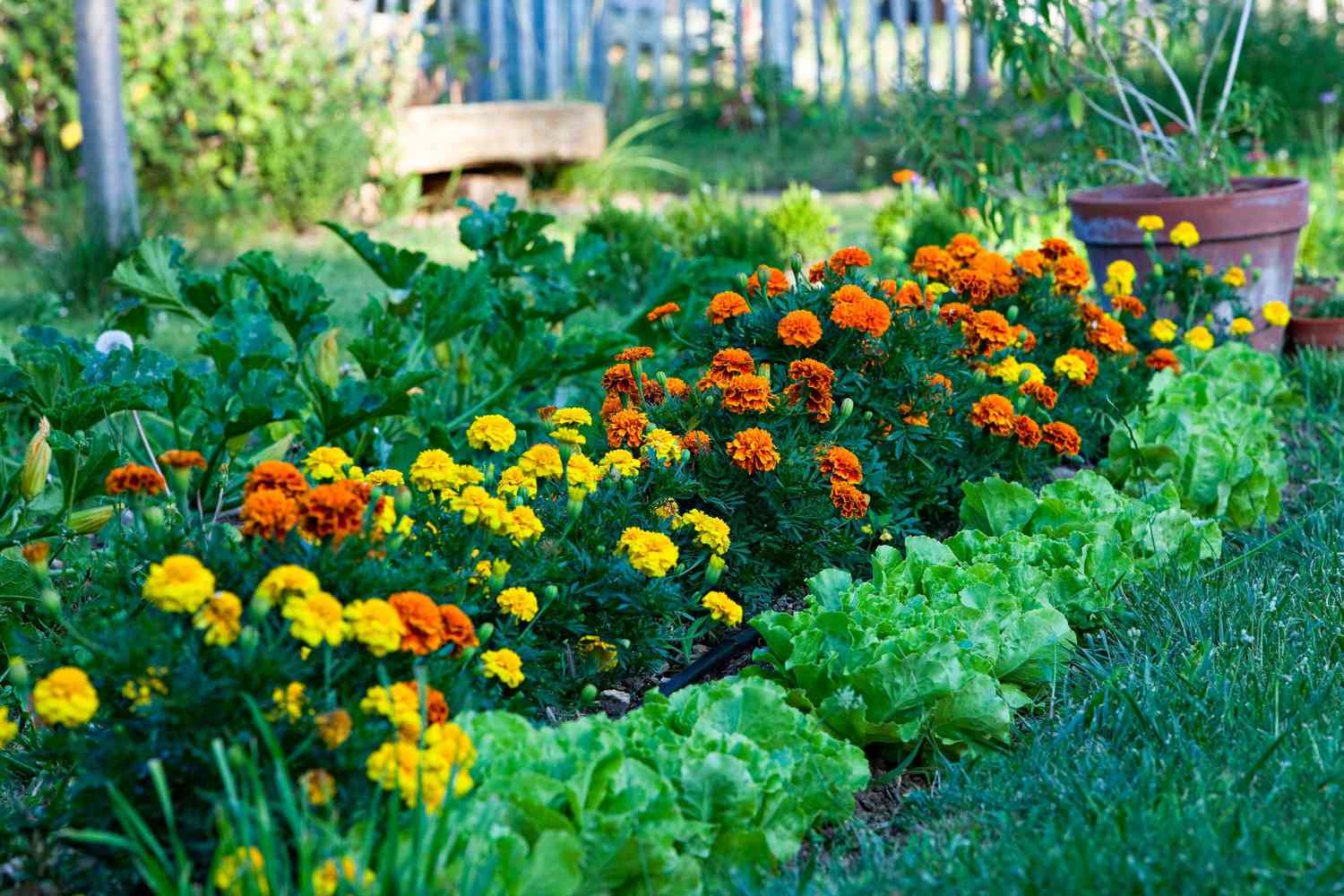
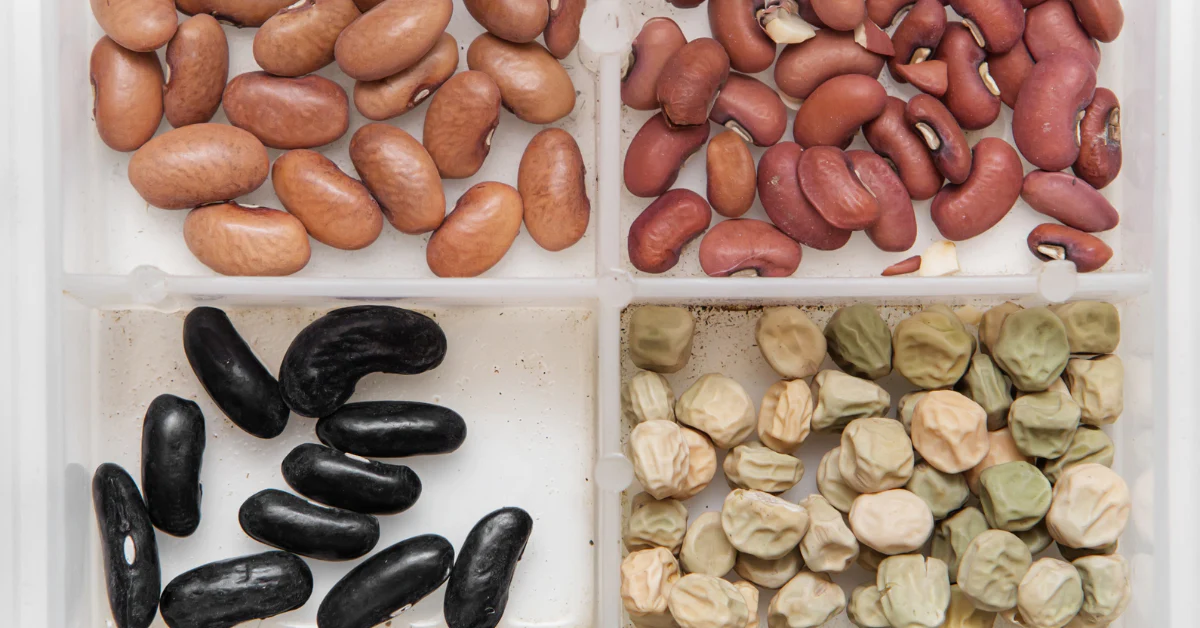
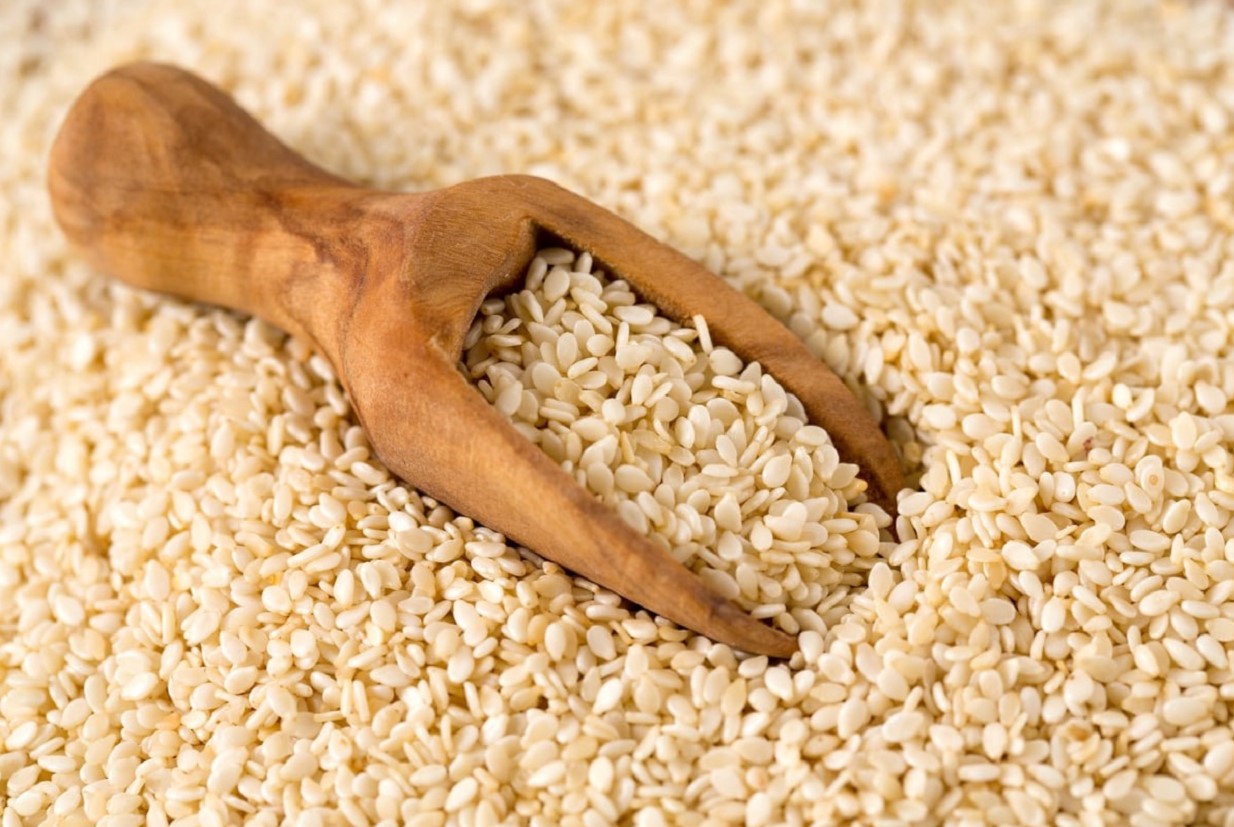
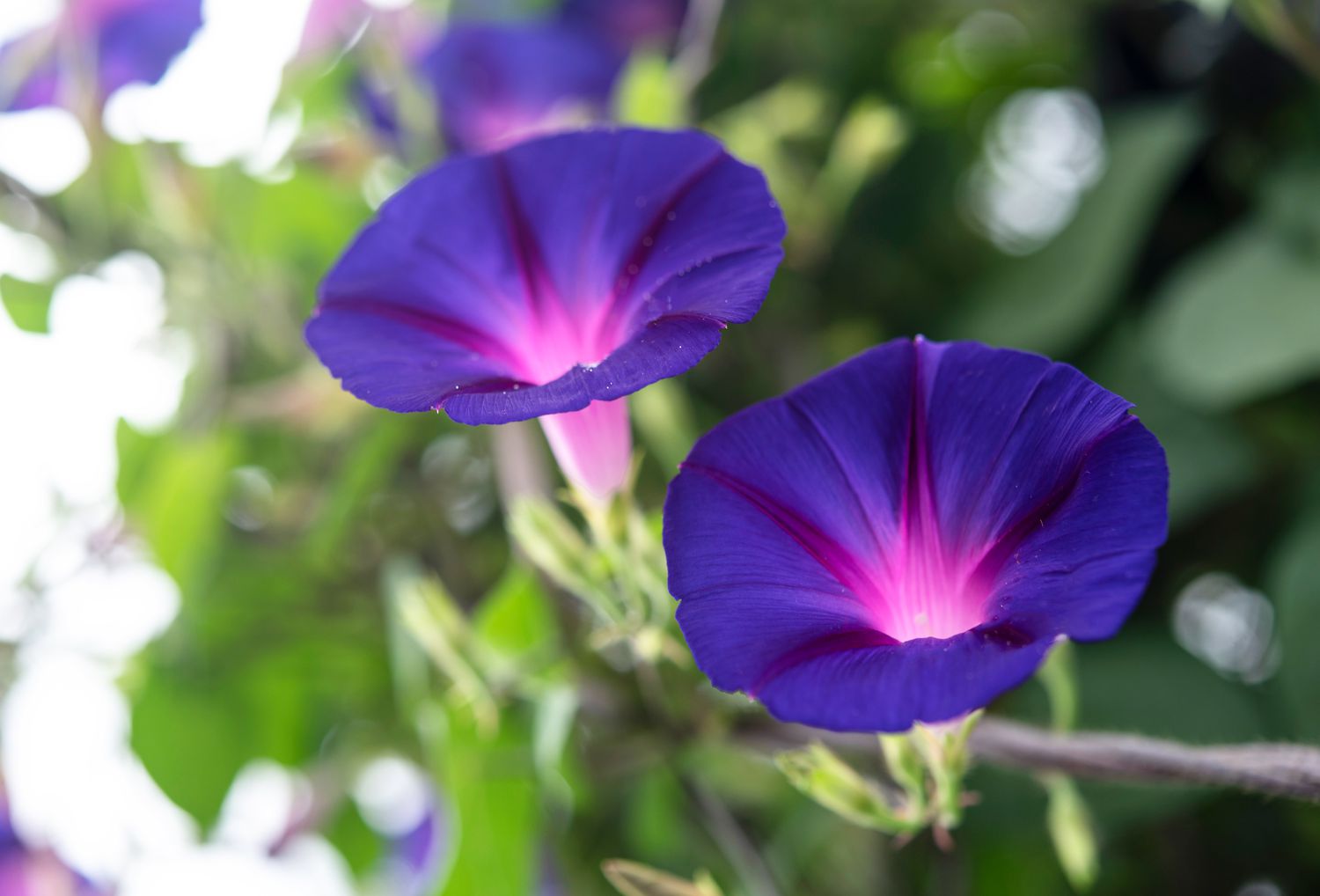
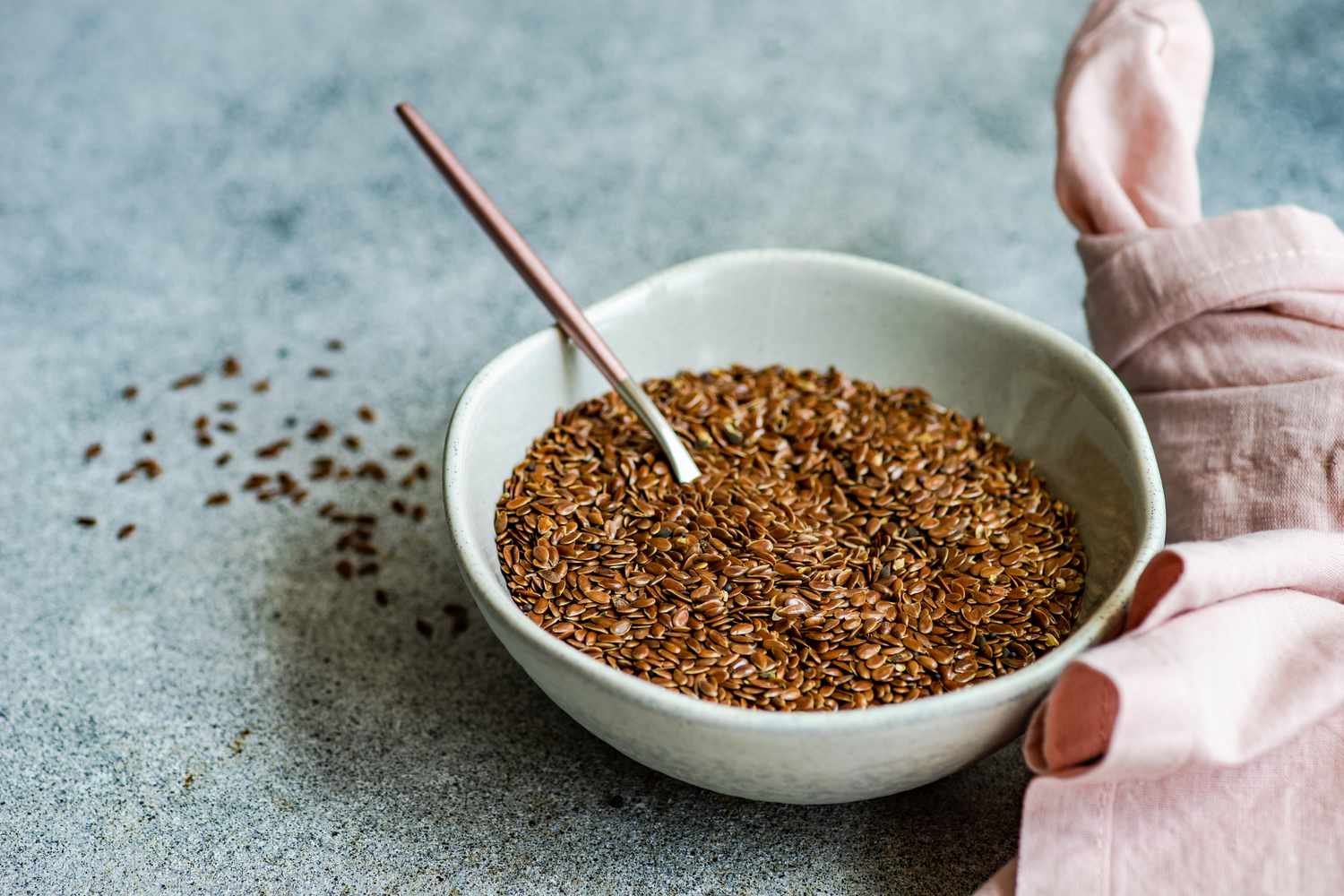
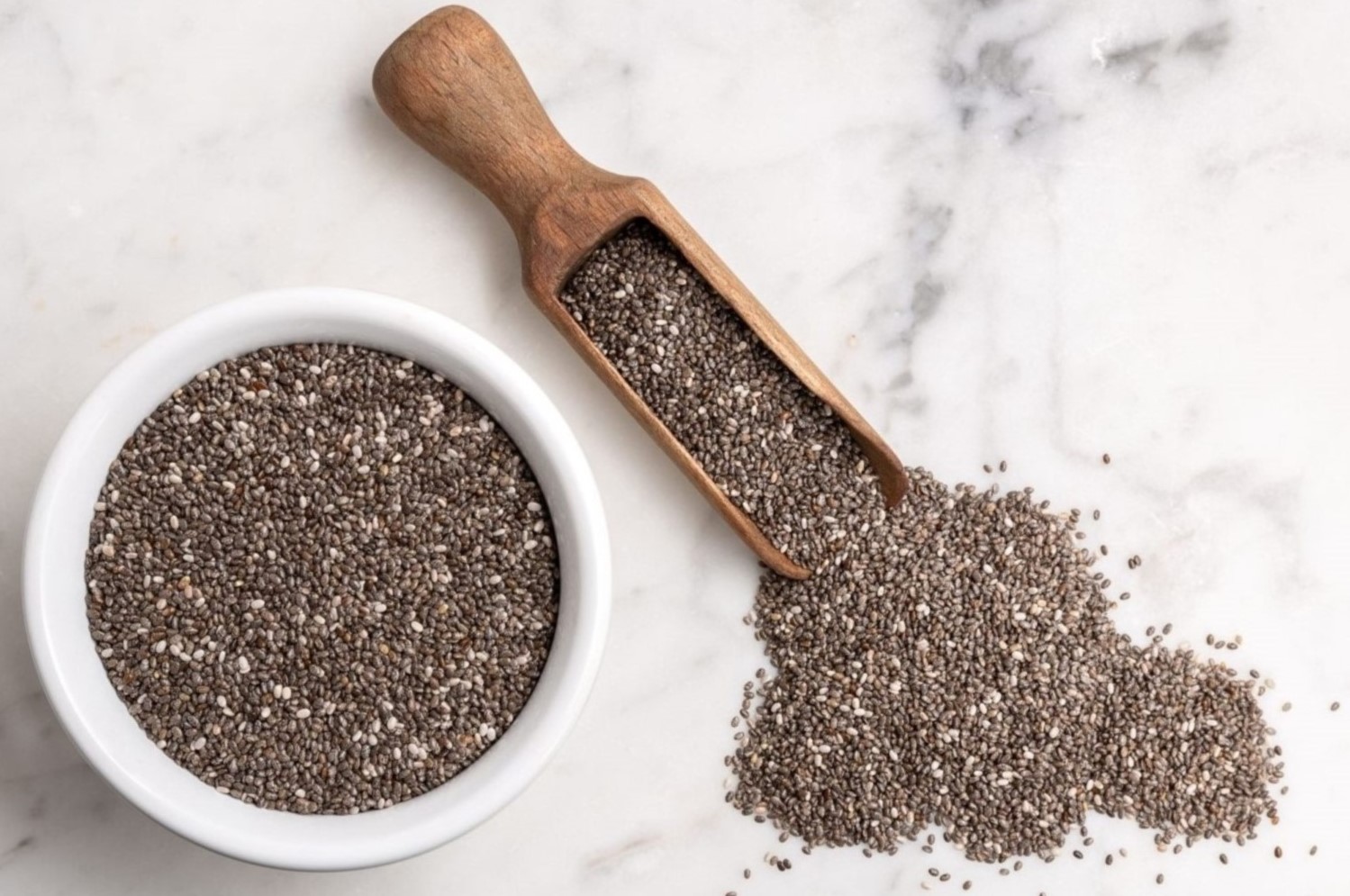

0 thoughts on “How To Store Marigold Seeds”